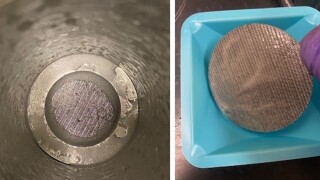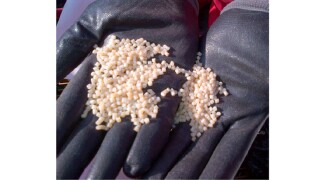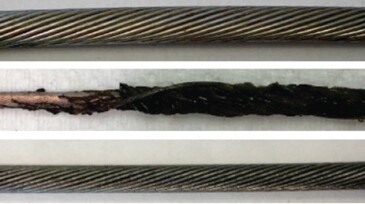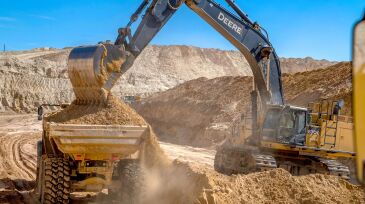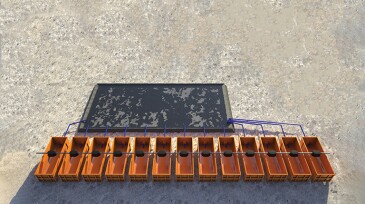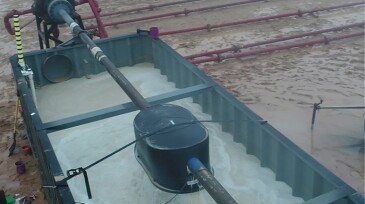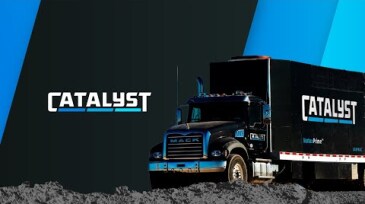Fracturing/pressure pumping
Technology developers expect the tight-oil industry to give lightweight proppants another look after the Permian Basin’s biggest operator becomes an adopter.
This paper describes development of a high-temperature water-based reservoir drill-in fluid using a novel synthetic polymer and customized with optimal chemical concentrations and sized calcium carbonate.
In this case study, a geomechanics-based approach was used to create bridging and sealing at the fracture aperture using a biparticle self-degradable lost-circulation-fluid system.
-
The latest ruling reverses a lower court decision to block the Ecopetrol and ExxonMobil programs in the Andean nation.
-
This paper explores a holistic approach to characterize trouble stages by applying automated event recognition of abnormal pressure increases and associating those events with formation and operational causes.
-
In this paper, the authors discuss what components have contributed to recent proppant-placement cost reductions and use several case studies to illustrate the potential for further cost reductions.
-
This paper presents a new real-time method to estimate stage-to-stage interference and well-to-well interference and their implications on completions efficiency.
-
Oil companies would have to pay a premium for the hardware and services needed for rapid expansion. But is that likely?
-
Liberty will be integrating Seismos’ measurements-while-fracturing system into its completions service to analyze near-wellbore fracture networks and create a near-field connectivity index.
-
This paper presents an optimization project that was implemented in the Khazzan and Ghazeer fields of Oman to optimize the post-fracturing cleanup and testing period to reduce hydrocarbon flaring and CO2 emissions as well as the testing cost without compromising the overall well cleanup and testing objectives.
-
A team of engineers did something no one had done before: a full-scale fracturing test on the surface. The results surprised the fracturing experts involved.
-
The message from a single chart’s data from the first full-scale hydraulic fracturing surface test is simple: Far less proppant flows out of the first clusters passed in a stage than the last ones.
-
SponsoredFrac operators are continuously challenged by pressures to increase ROI and simultaneously decrease emissions. But is it really possible? New technology released in February from Catalyst Energy Services proves that it is possible. And the results are compelling.


